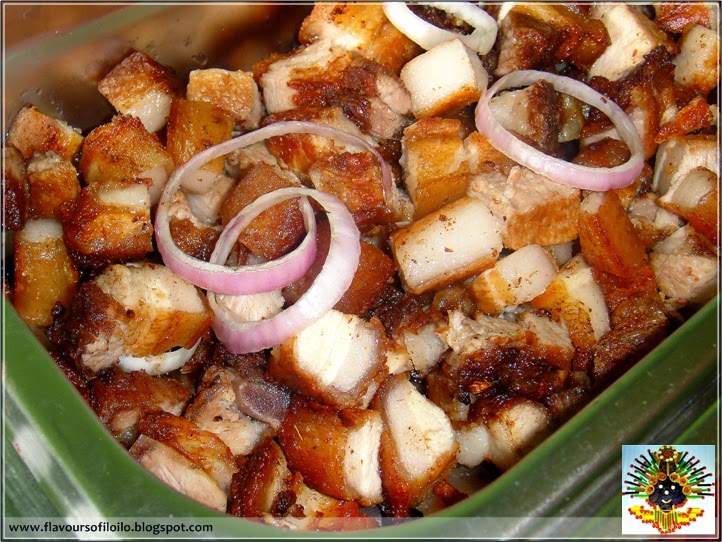One of the easiest ways of cooking pork is just setting them over heat until the juices come out and the aroma fills the air - sinugba!
And there are many ways of preparing inihaw na baboy - that is before the actual setting above charcoal.
The simplest of which is just rubbing rock salt to freshly butchered pork (it pays to have an honest suki who'd tell you the quality of meat).
Over high heat on charcoal, cook each side until it is cooked or even crisp. This is local termed as bino-ug - a traditional way of grilling with high heat all around giving the meat a usually crispy outside yet juicy inside.
Thus for pork, it can often be mistaken as fried, since the outer layers come out golden and crisp.
Thus for pork, it can often be mistaken as fried, since the outer layers come out golden and crisp.
But it also depends of the marinade. Others also add calamansi with salt while some add soy sauce, pepper, banana ketchup and lemon soda like Sprite among others.
I just like my sinugba na baboy grilled with only salt then I make up for its simplicity with another simple sawsawan - soy sauce and calamansi (with the ratio of 1 is to 5).So how do you enjoy your sinugba na baboy?



%2B5.jpg)
